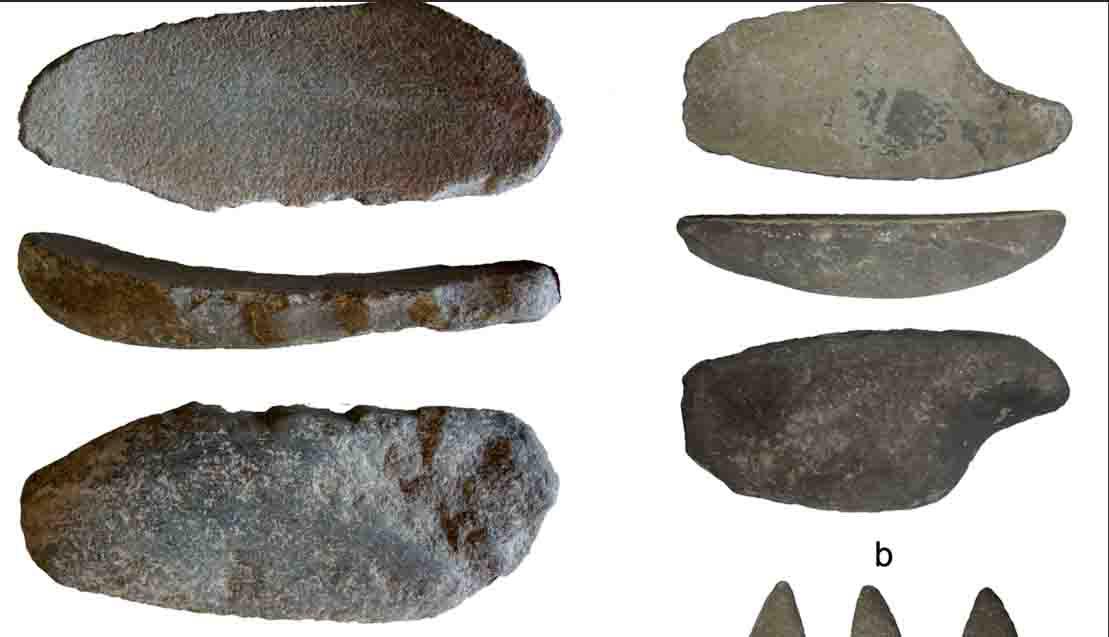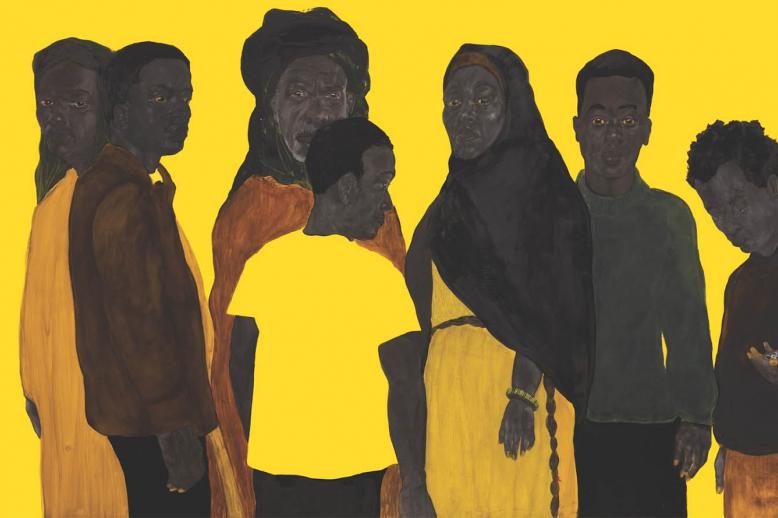Oldest and largest agricultural complex in Northwest Africa unearthed in Morocco
RABAT - An international research team, co-led by INSAP, CNR-ISPC and the University of Cambridge, has identified on the archaeological site of Oued Beht, near Khemisset the oldest and largest agricultural complex documented in Africa, outside the Nile Valley.
The site, which is dating from the Neolithic, confirms the crucial role of the Maghreb in the evolution of complex societies in the Mediterranean and North Africa.
The evidence found indicates the presence of a vast settlement of nearly ten hectares, comparable in size to the Greek settlement of Troy from the Early Bronze Age.
According to the researchers, Oued Beht provides crucial new information on the settlement of the Maghreb between the 4th and 3rd millennium BCE (5,000 years before the present), thus confirming the crucial role of this region in the evolution of complex societies in the Mediterranean and North Africa.
The results of this research are published in an open-access article in the journal Antiquity.
This new discovery, the result of a collaboration between the National Institute of Archaeological and Heritage Sciences (INSAP) Rabat Morocco, the Institute of Cultural Heritage Sciences of the National Research Council in Italy (CNR-ISPC), the McDonald Institute for Archaeological Research of the University of Cambridge and the International Association of Mediterranean and Oriental Studies (ISMEO), revealed a society of the Late Neolithic (3400-2900 BCE) previously unknown.
This discovery concerns a poorly documented period of the prehistory of Northwest Africa.
Although the importance of this region is widely recognized for the Paleolithic, the Iron Age and the Islamic period, there is a significant lack of knowledge for the period between 4000 and 1000 BCE.
To address this, Youssef Bokbot, an archaeologist at INSAP-Maroc, in collaboration with Cyprian Broodbank, an archaeologist at the University of Cambridge (United Kingdom) and Giulio Lucarini, an archaeologist at CNR-ISPC Italy, conducted multidisciplinary archaeological research at Oued Beht.
The team discovered remains of domesticated plants and animals, as well as a rich complex of artefacts such as ceramic vessels, including those with polychrome painted decoration, polished axes, grinding stones and chipped stone tools.
The excavations also revealed the presence of numerous pits and siols, probably used for storage.
A significant point is the already known presence of contemporary sites with similar characteristics in the Iberian Peninsula, on the other side of the Mediterranean, where findings of ivory objects and ostrich eggs suggest clear connections with African regions. Oued Beht confirms the key role played by the Maghreb in the development of contacts and exchange networks between Africa and Europe during the 4th and 3rd millennia BCE, thanks to its strategic position between the Sahara Desert to the south and the shortest maritime crossing point between the two continents - the Strait of Gibraltar - to the north.
For more than a century, the great mystery of Mediterranean late prehistory has been the apparent invisibility of the communities established along the coasts of North Africa, west of the Nile Valley, in contrast to the great dynamism and significant social and cultural developments that characterized other Mediterranean regions, leading, for example, to the emergence of fortified "mega-sites" of the Iberian Chalcolithic or the great Egyptian pre- and protodynastic centers.
"The discovery of the Oued Beht site in Morocco demonstrates that this knowledge gap is not due to a lack of archaeological evidence, but rather to the limited attention paid to these regions and, in particular, to these historical phases," said the researchers.
The results of this study come from the Oued Beht Archaeological Project (OBAP), an international multidisciplinary project launched in 2021 within the framework of the scientific cooperation program signed between INSAP (Morocco), CNR-ISPC (Italy), the McDonald Institute for Archaeological Research of the University of Cambridge (UK) and ISMEO (Italy).





